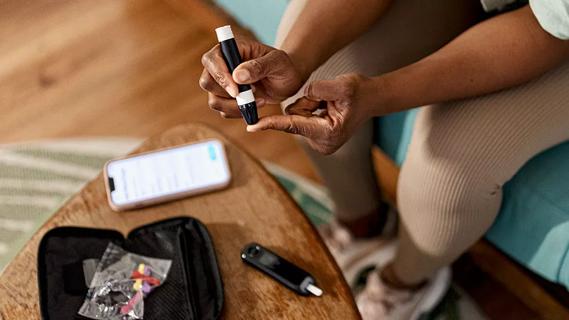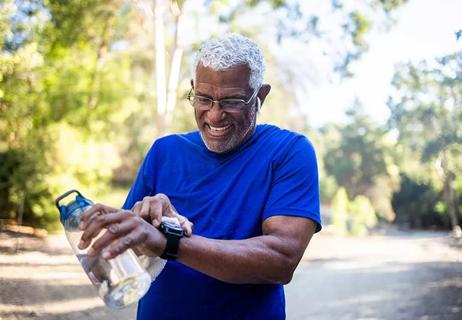Type 1 diabetes is a chronic autoimmune condition. There's a lot to learn about insulin and metabolism. But with some education and planning, you can manage it with insulin, diabetes technology and support from your healthcare team.
It isn’t easy living with a chronic condition like Type 1 diabetes (T1D). Managing your blood sugar every day while balancing other aspects of your life can be overwhelming. While it may take time to get a handle on this condition, there are many strategies you can use to manage it well.
Advertisement
Cleveland Clinic is a non-profit academic medical center. Advertising on our site helps support our mission. We do not endorse non-Cleveland Clinic products or services. Policy
Working with an endocrinologist and other healthcare providers is key to staying healthy with Type 1. They’ll help you find a combination of strategies to manage T1D. You’ll need to see your provider regularly, as your needs will change over time.
If you have T1D, you need insulin every day to manage your blood sugar. Options for taking insulin include:
Maintaining a healthy blood sugar (glucose) range is key to preventing complications. To track your glucose, you can use:
Your diabetes care team will help you set blood sugar goals and check your insulin needs. But you also need to make countless decisions on your own, every day to manage T1D.
A large part of T1D management is counting carbohydrates in the things you consume to take proper doses of insulin. You’ll need to learn how many carbs are in all the foods you eat. A dietitian can help you put together meals and snacks that work best for you.
Advertisement
Physical activity makes your body more sensitive to insulin. Regular activity can make it a little easier to manage your blood sugar. Work with your diabetes care provider to find the type and frequency of exercise that works for you.
Living with T1D can take a large mental and emotional toll. People with diabetes are more likely to have depression and anxiety than those without diabetes.
Know that you’re not alone. If T1D causes distress, talk to a mental health professional. You can also connect with the diabetes community to find others who can relate to your experience.
There’s no one right way to manage Type 1 diabetes — it’s just as unique as you. Your healthcare team will be there to support you as you find the tools and tricks to lead a healthy life with T1D.
Advertisement

Lead with empathy, involve other caregivers, and teach them how insulin helps them live a long and healthy life

Focus on balanced meals, smart snacks, consistent eating and choice-driven conversations

Type 1 diabetes happens when your body doesn’t make insulin, while Type 2 happens when your body can’t use insulin properly

Even a short walk can make a positive difference

Eat balanced meals, reduce stress and exercise

When symptoms are muted, listen closely to your body